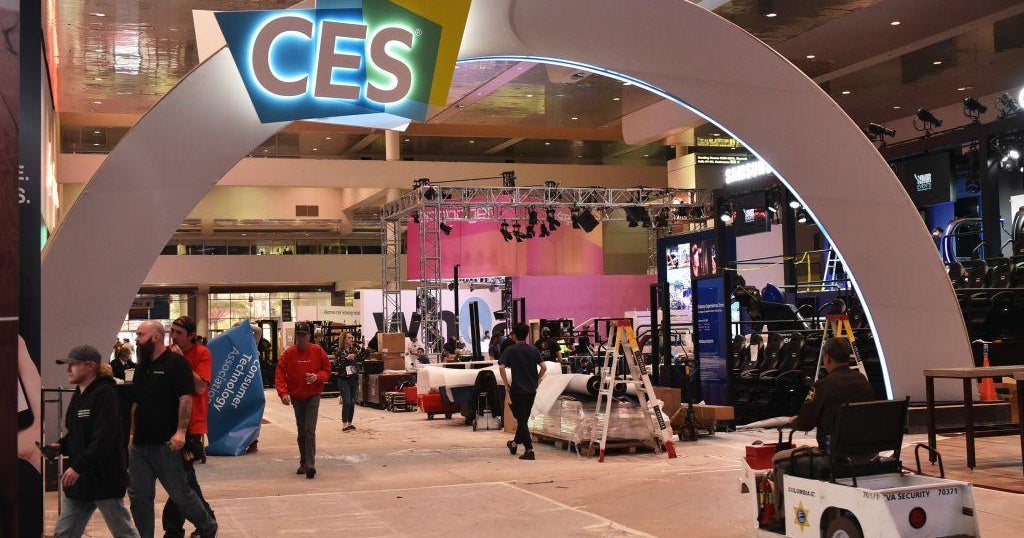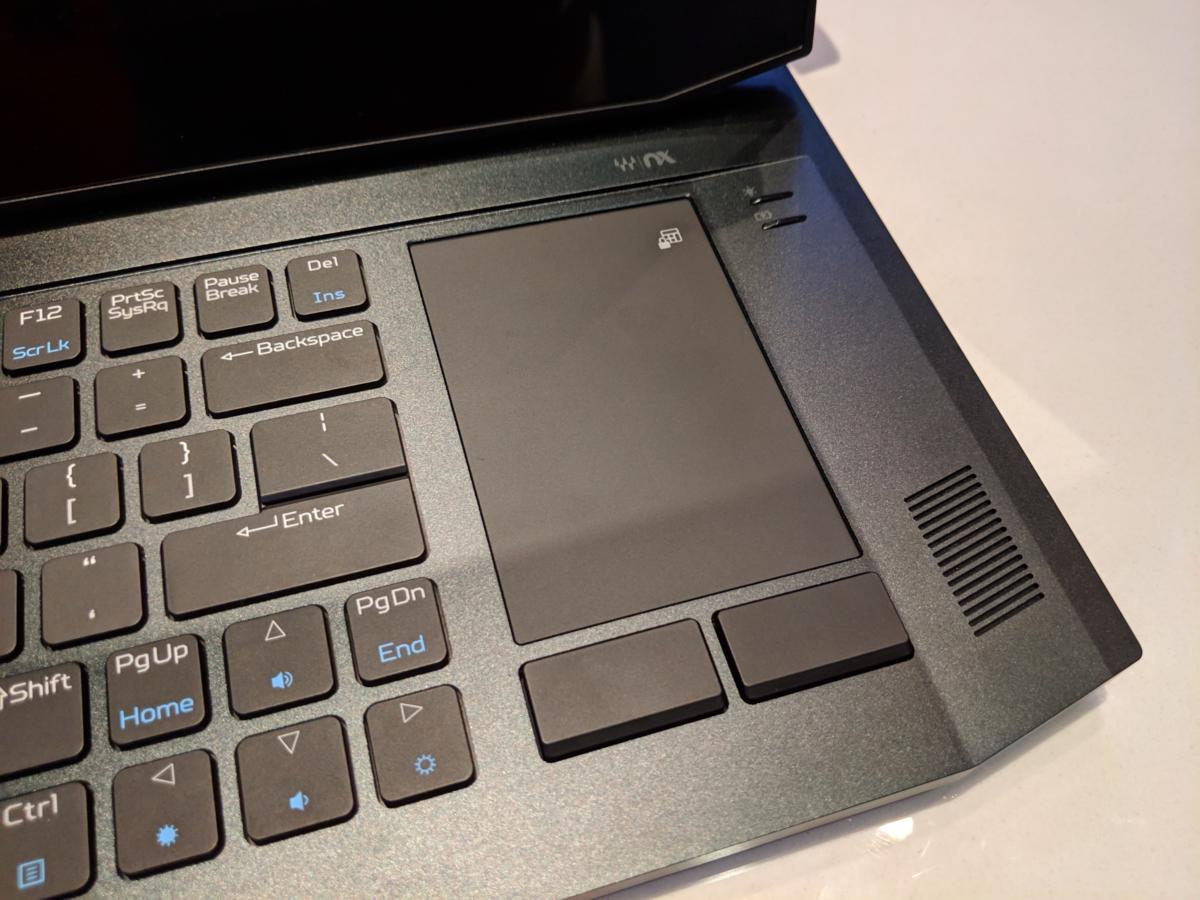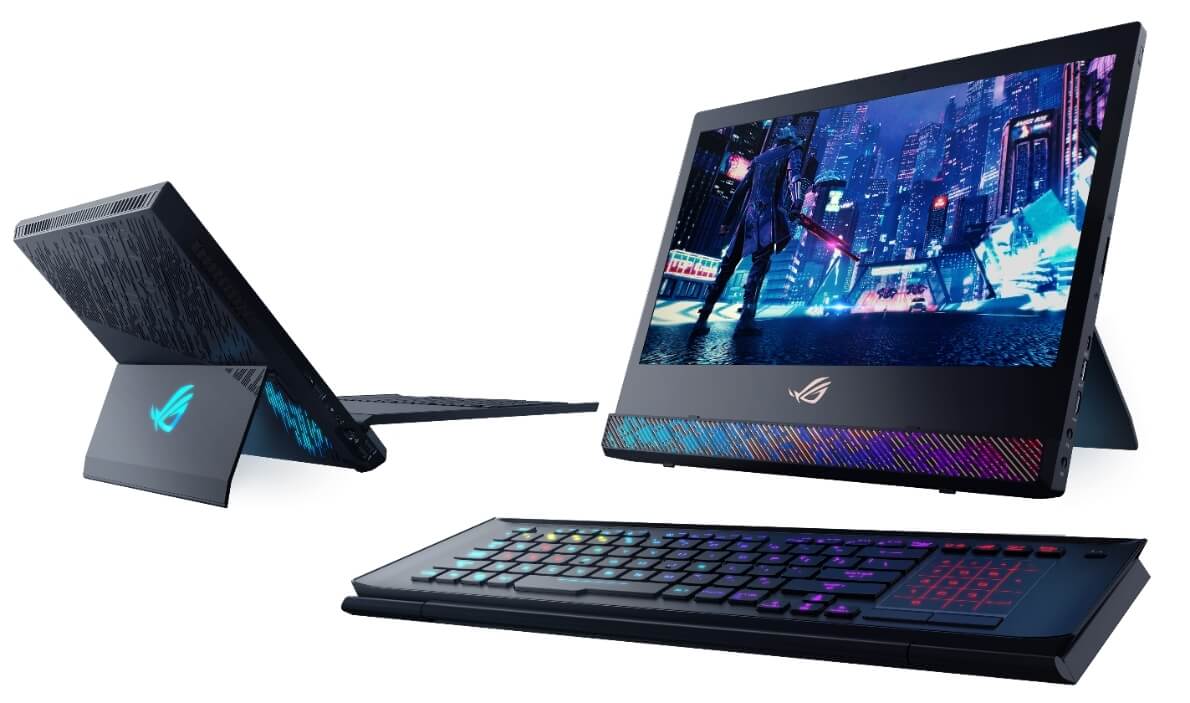
This year, at the 2019 Consumer Electronics Show (CES), a whole host of computer companies are announcing their new lines of gaming laptops which includes the ASUS ROG Mothership and Acer Triton 900.
Even in grphic cards Nvidia and AMD to announce a fancy new graphics card and CPU tech (respectively) and it only makes sense for both to show up in a fleet of new laptops at CES.
The surprise? Some of these machines are weird. In a good way!
The Acer's Predator Triton 900, with an uncommon convertible design that was teased earlier in 2018 but arrived in earnest with a sky high price tag at CES 2019. Using a screen that spins freely between two horizontal attachment points instead of a traditional hinge, it can be positioned in a handful of novel ways.
You can change the angle of the screen without tipping that screen further away from your face, for instance, or fold it down into something of a chunky tablet.
Inside the Predator Triton 900 are two components of particular note: the Nvidia GeForce RTX 2080 GPU, and an 8th-gen Intel Core processor. While we don’t yet know the exact specs of the RTX 2080 chip, we do know that it’s the mobile version of Nvidia’s ground-breaking RTX 2080 desktop GPU—with support for actual ray-tracing, the holy grail of graphics effects. Nvidia’s tech models how we view real-world light, though proceed with caution, because only a limited number of games currently support ray-tracing.
Also the ROG Mothership from Asus,
which takes the form of an enormous,ten-pound slab of screen with a
kickstand so it can stand upright—potentially behind whatever gaming
keyboard you might already own and love instead of the keyboard it comes
with.
The ROG Mothership is far bigger: it has a huge 17.3-inch
1080p display with a 144Hz refresh rate, 3ms response time, and
Nvidia’s G-Sync. It’s powered by the newly announced mobile version of
Nvidia’s RTX 2080 GPU and Intel’s top-of-the-line Core i9-8950HK
processor, both of which Asus says overclocked beyond stock speed due to
the better cooling that the vertical design offers.
But,Neither of these designs is particularly new. In fact, the trend is something of a throwback to the wave of "convertible" laptops designed to show off Window 8's touchscreen functionality a few years back. The Triton 900 is more or less a retread of the Dell XPS 12, while the Mothership is basically a gaming version of a Microsoft Surface Pro (the big, chunky, first-generation one).
Storage is provided by a RAID 0 array with three NVMe
SSDs and up to 64GB of DDR4 RAM rounding out the internal hardware. And
in a (sadly) rare sight for a gaming PC, there’s also support for
Windows Hello facial recognition from the built-in webcam. On the ports
side, Asus isn’t skimping, either. There’s a USB-C Thunderbolt 3 port, a
standard USB-C port, four USB Type-A ports, HDMI, an SD card slot, and
an Ethernet port, along with the apparently requisite dual 280W charging
ports that superpowered gaming laptops demand these days.
But,Neither of these designs is particularly new. In fact, the trend is something of a throwback to the wave of "convertible" laptops designed to show off Window 8's touchscreen functionality a few years back. The Triton 900 is more or less a retread of the Dell XPS 12, while the Mothership is basically a gaming version of a Microsoft Surface Pro (the big, chunky, first-generation one).
But it's exciting to see them crop up again in gaming PCs for a
few reasons.
First of all, gaming laptops
have a tradition of looking goofy as all get-out for a mix of good and
bad reasons. To a certain degree, gaming laptops are chunky and angular
because they need to be. Unlike iPhones or slimmer ultrabooks, gaming
laptops have big guts that run hot and need to be air-cooled, so they
need to be thick and they need to have big macho-looking air vents.
Maybe that's what led designers to lean into the look, for better and
for worse. Strange lines, gaudy logos, neon lighting—you know the stuff.
That
unpolished aesthetic makes gaming laptops perfect for zany convertible
designs. Yes, there are gaming laptops that skew toward more
professional designs, like Razer's Blade, which also got an update at this year's CES,
but those will never give you the same sort of horsepower for your
money because of the inherent compromise of their designs. If you're
never going to whip out your ten-pound beast of a black-and-neon chunker
at a business meeting, then why hold any amount of weirdness back?
More
importantly, the advantages of these convertible designs can be much
more appealing in a gaming rig than they are in the replacement for a
typical laptop. A computer with a kickstand or that wants to bend over
backwards is a liability if you're trying to use it on your lap on a
train.
But gaming laptops aren't generally used as laptops.
Their high-powered guts guzzle battery and you don't really need to
play PC games on the subway anyway. Instead, a gaming PC is more like a
desktop you can fit in a backpack in a pinch, a hulking beast that
you're happy to be able to haul from room to room in your house, or from
the office to the apartment. In these scenarios, their convertible
superpowers are more useful and less annoying. Re-angling the Triton's
screen to avoid a glare or being able to use the Mothership easily with
the keyboard already on your desk are pretty significant bonuses in
addition to their portability.
Gaming
laptops, and especially these, fill a very specific and expensive niche.
The Triton 900 starts at $4,000, and the Mothership's price is TBA but
definitely won't be cheap. The fact remains that a gaming desktop will
pretty much always be more cost effective than its laptop twin
(especially if you build the desktop yourself) and these gadgets are
only likely to make the premium for mobility higher, not lower. But if
you do need that mobility—and can afford it—these wacky designs are actually kind of compelling.
Of course with the prices as high as they are, maybe wait for a few reviews before you buy one.



:no_upscale()/cdn.vox-cdn.com/uploads/chorus_asset/file/13668147/asus1.png)
Comments
Post a Comment